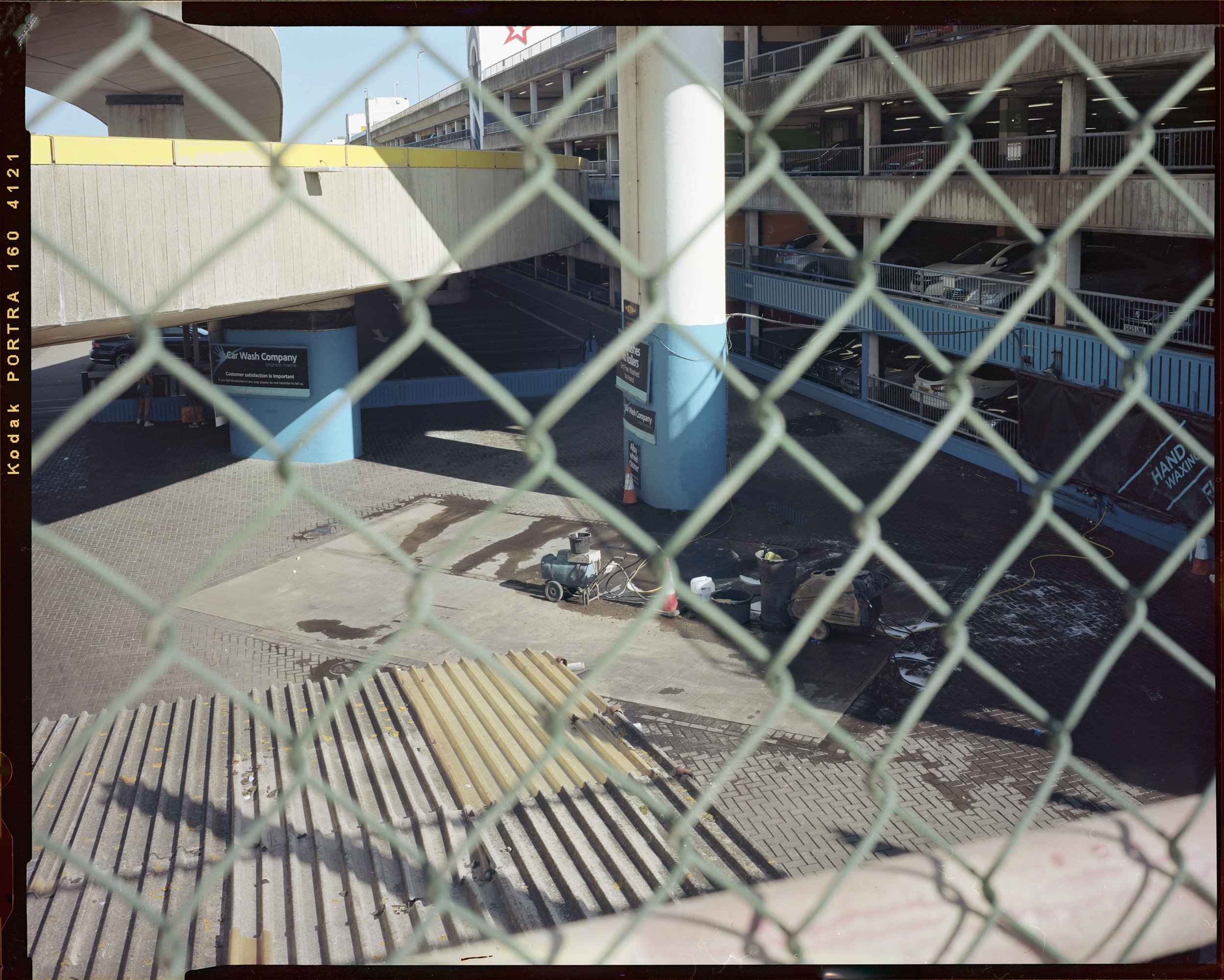Its been nearly 6 years since the film bug bit me.
Originally I was recommended to get into film, to stop at the time, the incessant tinkering with my digital images (read polishing a turd) and concentrate of the process of taking a photo.
I must say, its one of the best pieces of advice I have received.
Not to put it lightly, the learning curve for film, getting your head around using manual controls, the exposure triangle, developing and scanning film at home, is a steep one. But thoroughly enjoyable, nonetheless.
Being transfixed by the civil rights and vietnam war images of the 1960’s, provided me with the desire and inspiration for me to learn the zone focuing technique, this was revelationary.
I have mentioned it before, there are few hobbies that have a great community spirit like film photography, sharing the knowledge and helpig eachother out. The only other I have encountered is the motorbike community, but having hung up my leathers in 2015, this was a void greatly filled.
I digress. Whilst I was happy shooting 35mm, especially on the exceptional Olympus OM1, I had one eye on the limitations of my scanning setup (the substandard Epson V600) and also a thirst to learn more about this medium. This naturally led to my step into Medium Format / 120 film.












Early on my film journey, I was able to get my hands on the little gem Yashica Mat 124g TLR camera. This TLR medium is underrated, the limitations of the square format allow you to rethink the image the detail of the negative is outstanding.





I became transfixed by the Pentax 67. This is a complete beast, which is probably better placed as a studio based portrait camera, rather than a street photography camera. The 6x7 negatives are enormous, offering rich detail. There are two downsides when using in Street Photography, 1) The sheer weight of the thing!, and 2) The thunderclap of the shutter. You could add a third with the limited 10 images per roll, but this is negated by the stunning negatives.









I therefore wanted a 120 / medium format film camera, that I could hike around with on my photowalk jaunts, and decided on the Fujica GS645s. I was able to snag an absolute mint condition version from Japan, I can only conclude that this was put into a time capsule, as the was like brand new. I choose the version with the bull bar. As I had read stories of the bellow cracking, I didnt want the faff. I have had zero issues with the bullbar.
Also the increased 15 images per roll is well received. The only downside to the camera is the weak rangefnder patch. This is easily resolved with a piece of clear plastic stuck to the viewfinder.








So the crescendo, large format. This ultimately was triggered by a few YouTube content creators that really elevated the medium and I love there work: Ben Horne, Matt Marrash, Bryan Birks, Todd Korol, Robbie Maynard Creates, Nick Carver, Craig Prentis & Steve O’nions to name a few.
I really appreciated the no thrills approach to shooting and also the sloowwwww approach.
The two versions of this format are 4x5 and 8x10. Film photography isn’t a cheap hobby and 8x10 format is no exception, film prices are insane!.
Looking around I had earmarked two models for further consideration, 1) a 1950’s metal field camera, which didnt provide nearly as much refinement on setting up a photo, or 2) A traditional wooden camera.
Initially, I had elected for the former, buying a 1970’s Wista 45d from Japan off eBay. Unfortunately, this was probably the worst buying experience I have ever encountered, this is a tale for another day. But in short, the faulty Wista was soon returned.
I finally decided on the Chamonix 45n2. This camera is a thing of complete beauty. Composed of wood and carbon fiber composite material, is designed to be both light and durable. I get stopped every time I have the camera out by tog’s and non tog’s.








You do have to completely change the approach to image taking, a 10 sheet of Kodak Portra 160 is £58, so £5.80 per photo. This is before the pending price hikes in January 2022.
But the images are outstanding.
The options for B&W are more economical and more palletable on the wallet.
So this year with Large Format and generally in my six year journey, I have learned alot and my understanding is better. I now go back to digital and the positive is that I set the camera up for auto focus, turn off the backscreen and snap away. No Chimping. I have ditched all the lightroom presets and now only use 1 x colour and 1 x BW. No polishing of turds.
I have found that I have turned full circle and that film and digital mendiums compliment eachother and my work, its not a case of one or the other, trust me.
Well thats me for another month, until next time, keep snapping.
A selection of the images within this article are available for sale on the Website or Etsy Store, if you would like to enquire about something else, please click the email icon at the foot of this page.
